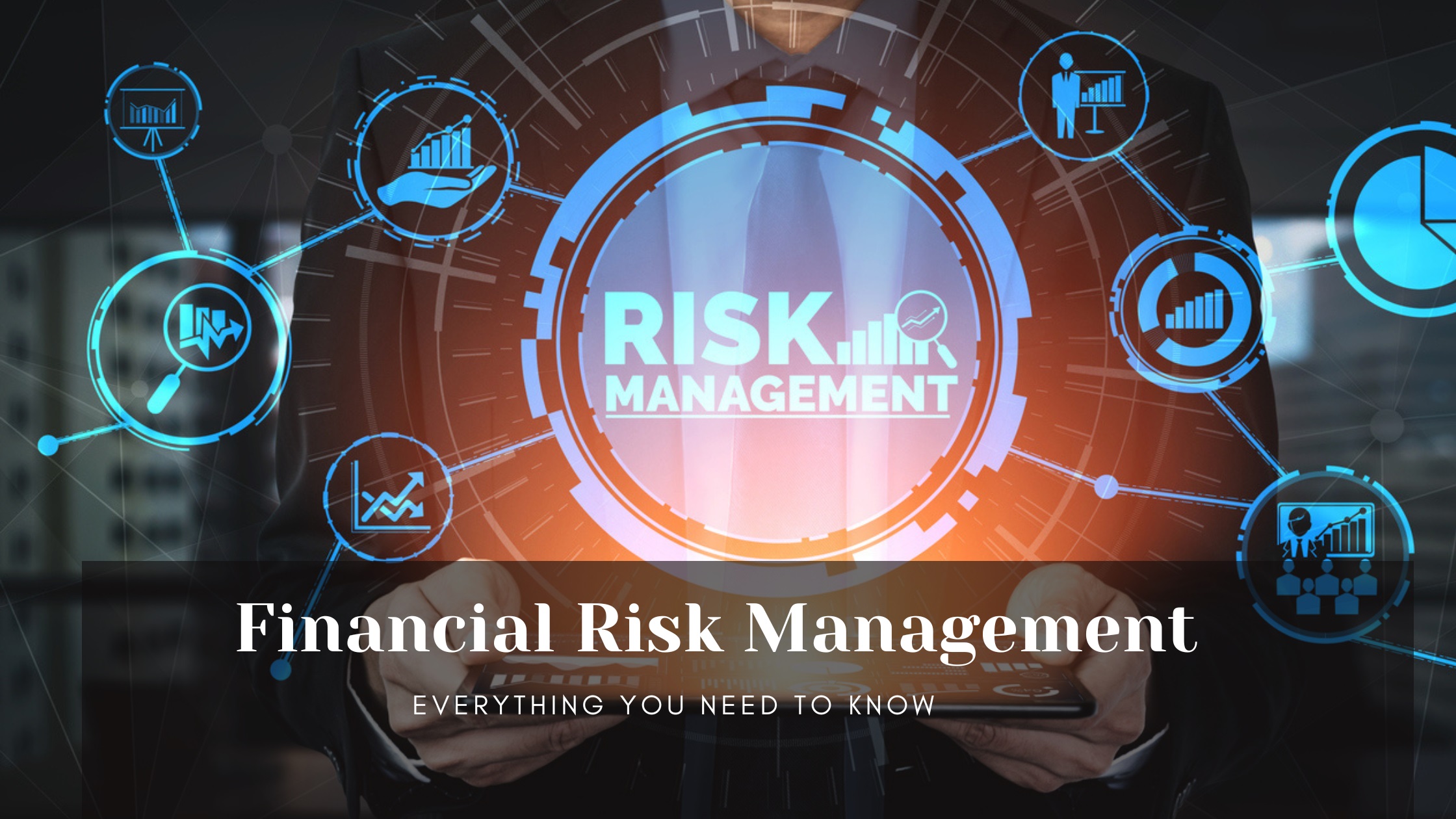In today’s intricate financial environment, it is essential for both businesses and individuals to grasp and control financial risks. There are many strategies and tools available in the market that can be explored in order to save from any financial mishappenings. This blog will offer an all-encompassing look at financial risk management, including its significance, tactics, and useful suggestions for successful execution.
What is Financial Risk Management?
Financial risk management includes the process of recognizing, examining, and managing possible financial risks that may harm a company’s financial outcomes. These dangers may come from different places, such as market instability, credit dangers, limited liquidity, fluctuations in interest rates, and challenges in operations. Organizations can enhance their stability and growth by adopting a strong financial risk management strategy, which helps mitigate losses and improve decision-making.
Click Here – Financial Risk Management Training Course
Why is Financial Risk Management Important?
The significance of managing financial risks cannot be emphasized enough. Successful risk management enables organizations to-
– Safeguard Assets- By recognizing possible risks, companies can implement preventative actions to protect their assets from unexpected circumstances.
– Improve Decision-Making- A properly designed risk management framework helps organizations make well-informed decisions by having a comprehensive grasp of possible risks.
– Enhance Financial Stability- Companies can ensure stable financial performance in tough economic times by reducing losses and maximizing returns.
– Establishing stakeholder trust- Showing dedication to handling financial risks builds confidence with investors, clients, and employees.
How Does Financial Risk Management Work?
There is a proper procedure for financial risk management, dividing into these four steps-
- Recognition- Identifying potential financial risks that could impact the organization.
- Analyzing- Evaluating the likelihood and potential impact of identified risks.
- Mitigation- Developing strategies to manage or mitigate these risks.
- Monitoring- Constantly tracking various risks and the effectiveness of mitigation strategies.
Types of Financial Risk Management
Financial risks can be broadly categorized into several types-
- Market Risk- The risk of losses due to fluctuations in market prices or rates.
- Credit Risk- The possibility that a borrower will default on a loan or obligation.
- Liquidity Risk- The risk of being unable to meet short-term financial obligations due to an inability to convert assets into cash quickly.
- Operational Risk- Risks arising from internal processes, systems failures, or human errors.
Understanding these categories is essential for developing targeted risk management strategies.
How to Identify Financial Risks?
Determining financial risks requires a systematic strategy-
- Risk Assessment Tools- Utilize tools such as SWOT analysis (Strengths, Weaknesses, Opportunities, Threats) to identify internal and external risks.
- Historical Data Analysis- Review past financial statements and market trends to identify patterns that may indicate potential risks.
- Scenario Analysis- Conduct simulations of various scenarios to understand how different factors could impact the organization’s finances.
- Consultation with Experts- Engage with financial analysts or risk management professionals who can provide insights into potential vulnerabilities.
Examples of Financial Risk Management
Real-world examples illustrate how organizations implement effective financial risk management–
– Hedging- A business might utilize financial instruments like options or futures contracts to protect against changes in commodity prices or interest rates.
– Diversification- Spreading investments across different asset classes helps an investment firm lower risk from the volatility of any single investment.
– Insurance Policies- Companies frequently buy insurance to shift specific risks (such as property damage or liability) to insurance firms.
Tips for Financial Risk Management
Follow such tips to manage all the financial risks for a better future- To effectively manage financial risks, consider the following tips-
Creating Framework for Risk Management- Generate a structured framework which portrays policies and procedures in order to identify and manage risks.
Consistently assess risks- Regularly review your risk environment to quickly address any new threats.
Educate Employees- Train employees to recognize and respond to possible financial threats in order to promote a culture of risk awareness.
Harness Technology- Use advanced analytics and software solutions to monitor and evaluate risks in real-time.
By implementing these strategies, companies can strengthen their ability to withstand financial uncertainties.
5 Financial Risk Management FAQs
- How do I reduce financial risk in business?
In order to minimize financial risk in business-
- Spread your investments across a variety of asset classes.
- Establish effective internal controls to deter fraud.
- Buy insurance policies to shift specific risks.
- What are a few typical financial risk categories?
Market risk, credit risk, liquidity risk, operational risk, and regulatory compliance risk are all common types.
- What is the optimal frequency for evaluating my financial risks?
Periodic evaluations should be carried out on a yearly basis or when there are important developments in the organization or market environment.
- How does technology impact financial risk management?
Technology helps with monitoring risks as they happen, analyzing data for improved decision-making, and automating the reporting process.
- What can be the effective financial risk management tools?
These are some tools that can help individuals and businesses to protect themselves from financial risks-
- – Risk Assessment Software such as RiskWatch, Resolver.
- – Financial Modeling Software such as Excel or specialized software like Palisade’s @RISK.
- – Portfolio Management Tools such as Morningstar Direct and BlackRock Aladdin.
- – Insurance Solutions such as liability, property, and business interruption insurance.
Conclusion
Financial risk management is a crucial part for businesses that are seeking long-term success in an unpredictable environment. By having a clear understanding of the financial risks they encounter and putting in place successful strategies for reducing them, companies can safeguard their assets and maintain stability in the face of difficulties. Taking a proactive stance by consistently evaluating and adjusting strategies will enable businesses to succeed in the ever-changing market landscape.
Integrating these understandings into your company’s strategy will not only strengthen your firm’s ability to persevere but also set you up for continual expansion amidst unpredictability.
Enroll in the Financial Risk Management Course today.
Don’t Leave Money behind when Changing Jobs!
Risk vs Reward- Do you know the Speed Limit?
Retirement Planning 101- Start Saving Now!
Planning for a Child’s Education – Importance of the 529
Boost Retirement Savings- Health Savings Accounts Explained
Financial Plan vs Financial Planning
Personal Finances- Let’s Talk Budgets
Personal Finance 101- Essential Basics for Young Adults





